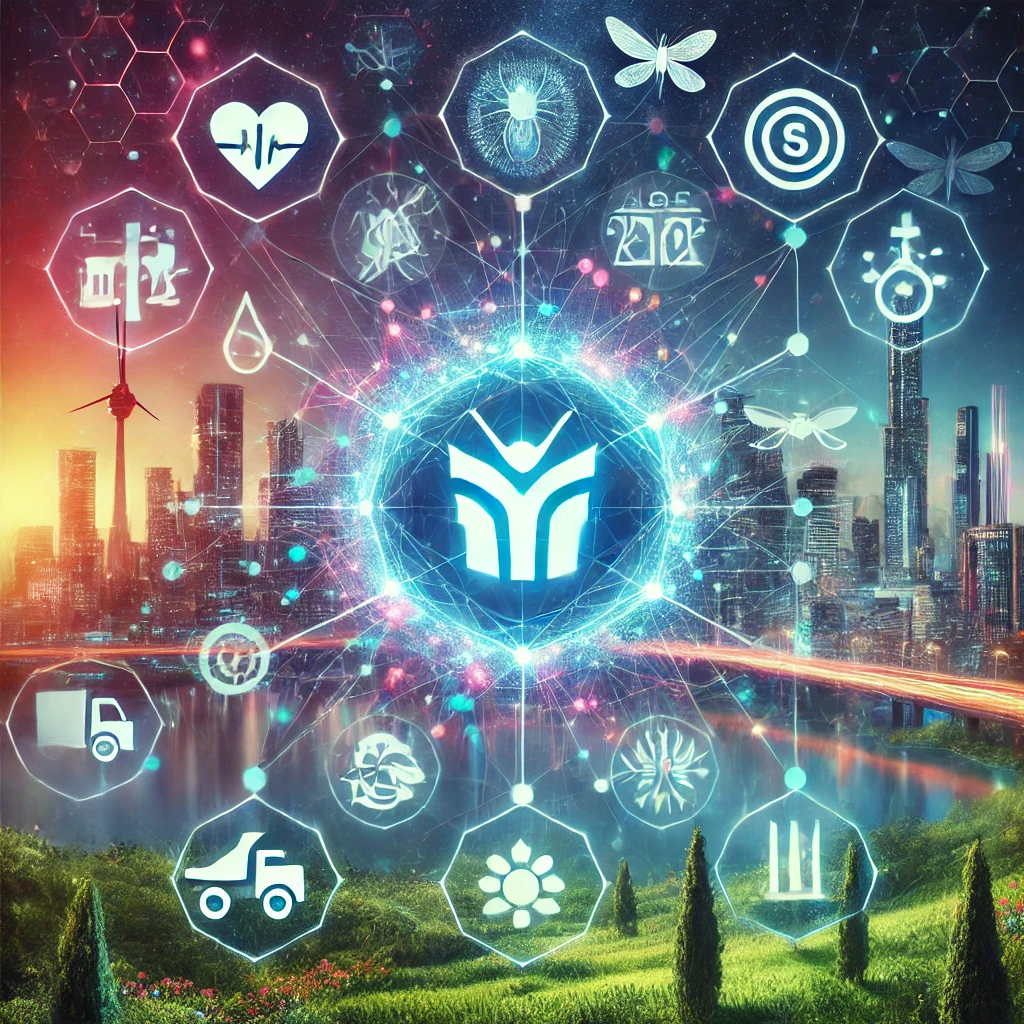
As we stand at this technological crossroads, one thing is certain: AI is not just reshaping industries—it’s redefining the fabric of human potential. The tools we create today will dictate the solutions of tomorrow, and the transformer stands as a testament to humanity’s capacity for innovation and discovery.
By Zane Reddick, Digital Media USA
The era of artificial intelligence (AI) as a driving force for societal change is here, and its potential reaches far beyond the conversational chatbots that have captured public fascination. AI systems built on the groundbreaking “transformer” architecture are poised to revolutionize everything from healthcare and environmental science to transportation and manufacturing.
First introduced by Google researchers in a 2017 landmark paper, the transformer algorithm has become the cornerstone of generative AI, enabling machines to process and understand vast amounts of data with unprecedented accuracy. This development laid the foundation for innovations like ChatGPT, but its applications extend well beyond writing or coding assistance. In the coming years, we will see AI solutions addressing complex challenges in biology, robotics, and even climate change.
The Core of Transformation: Understanding Data Context
What makes transformer-based AI extraordinary is its ability to grasp context—a revolutionary leap from earlier systems. Unlike traditional algorithms that analyze data linearly, transformers consider the relationships between all pieces of data simultaneously. This contextual understanding allows them to predict patterns, generate novel information, and solve problems with remarkable precision.
Take language translation as an example. Early AI models struggled with nuanced meanings in sentences like, “I arrived at the bank after crossing the river.” Transformers, however, can infer from context whether “bank” refers to a financial institution or the land beside a river. This same contextual capability can be applied to molecular biology, as demonstrated by companies like EvolutionaryScale.
AI in Biology: Designing Proteins and Saving Lives
EvolutionaryScale, a biotech startup, exemplifies the transformative potential of this technology. By training transformer models on extensive datasets of protein structures, the company’s AI can design entirely new proteins with applications in medicine and industry. For instance, their AI has generated protein sequences with functions that mimic natural proteins but are entirely novel in their construction.
These breakthroughs could pave the way for revolutionary cancer treatments, advanced drug discovery, and even biodegradable materials to combat plastic pollution.
Beyond Biology: Expanding AI’s Reach
The applications of AI transformers extend beyond biology into diverse fields. Autonomous vehicles like Waymo’s self-driving cars use similar principles to navigate complex environments. Meanwhile, environmental researchers are exploring AI solutions for managing renewable energy grids and designing more efficient materials for energy storage.
The economic impact is equally profound. Nvidia, a leader in AI hardware, has seen its valuation soar, driven by the demand for data centers and computational power. However, this comes with challenges, including increased energy consumption and debates about the ethical implications of human-level AI.
What’s Next?
While AI is revolutionizing industries, the journey is just beginning. Future advancements will likely focus on improving energy efficiency, refining the accuracy of AI predictions, and ensuring the technology aligns with societal values. The transformer has unlocked possibilities that were previously unimaginable, from curing diseases to mitigating climate change.
As we stand at this technological crossroads, one thing is certain: AI is not just reshaping industries—it’s redefining the fabric of human potential. The tools we create today will dictate the solutions of tomorrow, and the transformer stands as a testament to humanity’s capacity for innovation and discovery.
Zane Reddick is a tech and innovation journalist passionate about exploring the intersection of technology, society, and the future. Follow Digital Media USA for more in-depth analyses of cutting-edge developments shaping our world.



